The Estonian island of Kihnu, famous for its distinctive identity and traditional costumes, faces population decline and a new documentary, Meite Kodo (Our Home), draws attention to these issues.
Kihnu is a well-known island among Estonians, partly for its odd yet very interesting traditions, the inhabitants’ sense of strong community and their own dialect which is called Kihnu kiel, among other traditions.
Lying off Estonia’s Baltic coast, this island is home to a small community of people whose cultural expressions and agricultural traditions have been kept alive over the centuries largely through the island’s female population.

However, a problem that many people are probably not aware of is that Kihnu’s population is declining. There are many reasons for this, one of them being the lack of job opportunities and therefore people moving to the mainland towns.
Real issues
Today there are about 389 people living on the island – 127 people are retired and 76 of them are over 70 years old. There are less than 40 students studying at Kihnu School and just 30 preschool children living on the island. In the future, the younger generation sees Kihnu becoming a holiday destination rather than a sustainable island with institutions like a school, hospital and parish house.
To tackle and highlight these issues facing the island, filmmaker and photographer Meelika Lehola decided to make a documentary. Lehola, who is originally from Kihnu, but studied in the United Kingdom and now lives in mainland Estonia, visits her home island often and still feels much attached to the community.
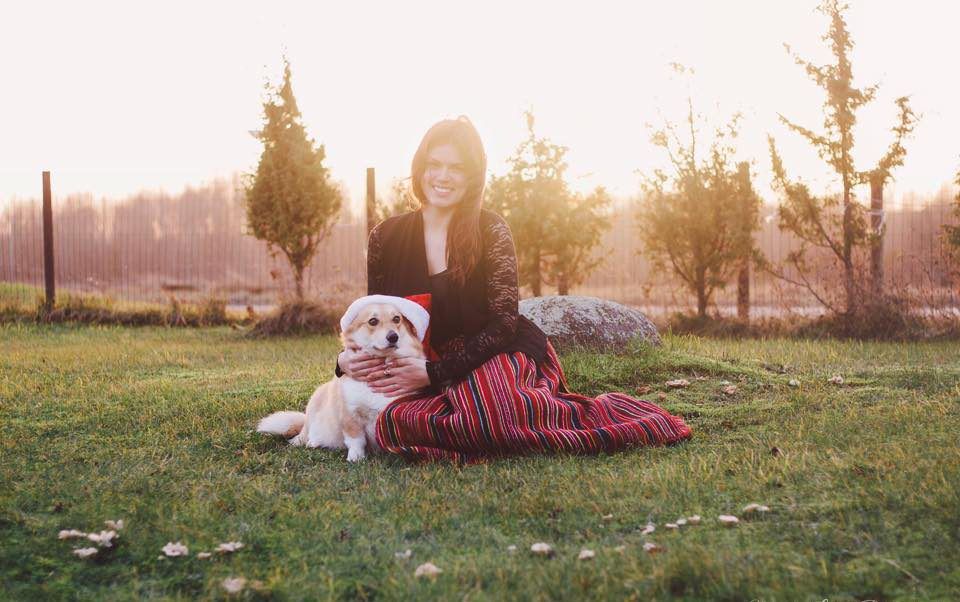
However, over the years, while taking the usual route home from mainland by ferry, she realised there were less and less people travelling, compared with when she was a kid. “I also felt the island was becoming quieter year by year,” Lehola told Estonian World. “I knew that somehow I would like to draw attention to this matter, but I didn’t know when and how.”
By coincidence, two years ago she met another filmmaker, Daniel Picon, who was also planning to do a movie about Kihnu. “It was literally the moment when you have two people in the right place, at the right moment,” Lehola said. The two creators joined forces and made the film, called Meite Kodo (Our Home), happen.

The two directors investigated the topic of declining population and ongoing popularity of the old traditions. “Many of the previous documentaries about Kihnu portray the island’s culture and traditions with a rather positive outcome. Our idea was to question the issues and see what the reality is behind. The documentary is looking more in depth why these problems occur and what the locals think about their future on the island,” Lehola said.
Home and traditions
The short documentary concentrates on the lives of three people. A 45-year-old woman, Viive, is an enthusiastic social worker taking care of the elders of the island. An 87-year-old Alma is Viive’s closest elders among the other elders and a 13-year-old girl Kaisa is the only student in her class – but she wants to leave for the mainland. The disparity between generations will be tested when they have to face a situation whether to stay or to leave, and why?

Kaisa, who is also the main character, feels the island is important for her, but she would probably live and work on the mainland unless there is a chance for a good work in Kihnu.
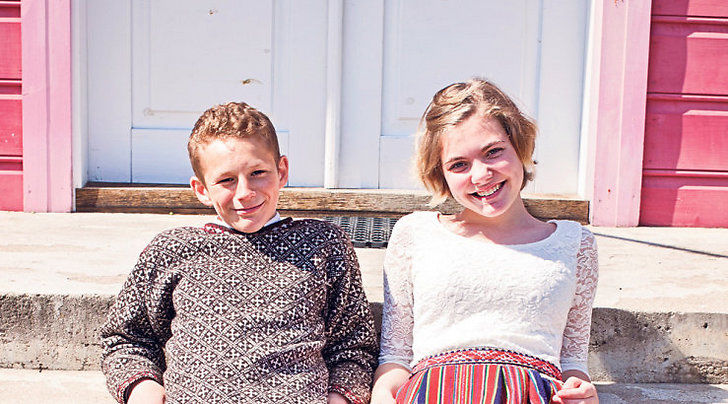
Viive, who has lived half of her life in the mainland and moved back to the island, sees Kihnu as her one and only home, although she wouldn’t rule out going back to mainland town if a good work opportunity came about. Alma, who saw most of her family fleeing abroad during the Second World War, feels she made the right decision by staying on the island.
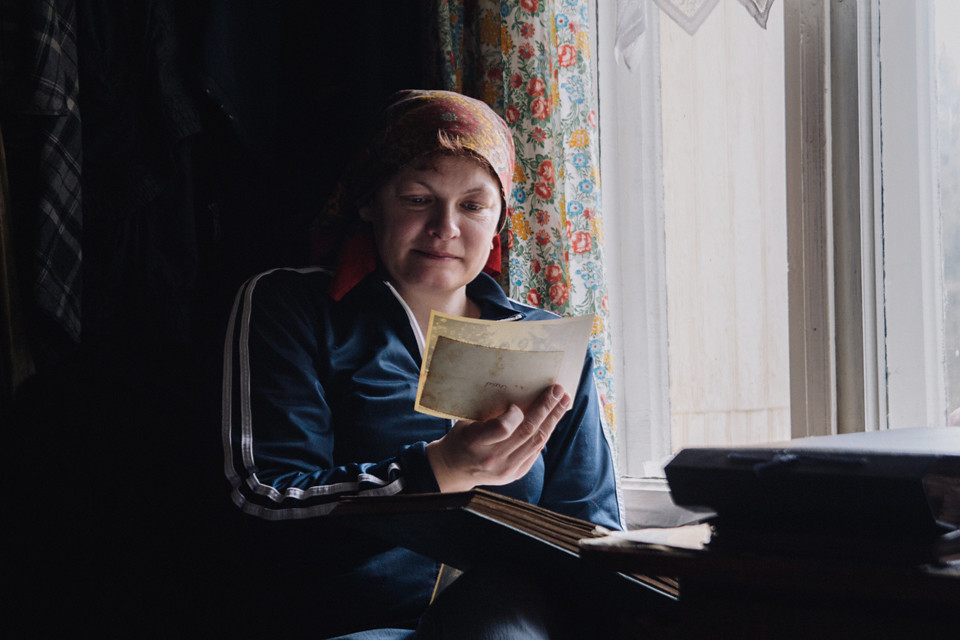
The directors believe the film is a good reminder on how to inspire people appreciate little things in life and cherish their home and culture.
“This story is not only about these three women, but also appreciation of our home and community overall – how even if a community is gradually fading away and the opportunities are scarce, its members are still willing to stay until the end,” Lehola said. “Although many of the younger people don’t see their futures in the island, they still appreciate very much their home and traditions.”
The future is far from certain
Talking about Kihnu’s future, Lehola said it was uncertain, but it would be possible to predict some developments.
“Kihnu is very much dependent on tourism on these days. In 2003, UNESCO proclaimed Kihnu’s cultural space and traditions as a Masterpiece of the Oral and Intangible Heritage of Humanity, which is also one of the reasons its people have a positive attitude towards foreigners who are interested of seeing the island’s culture. The visitors come from as far as Japan, China and other distant countries.”
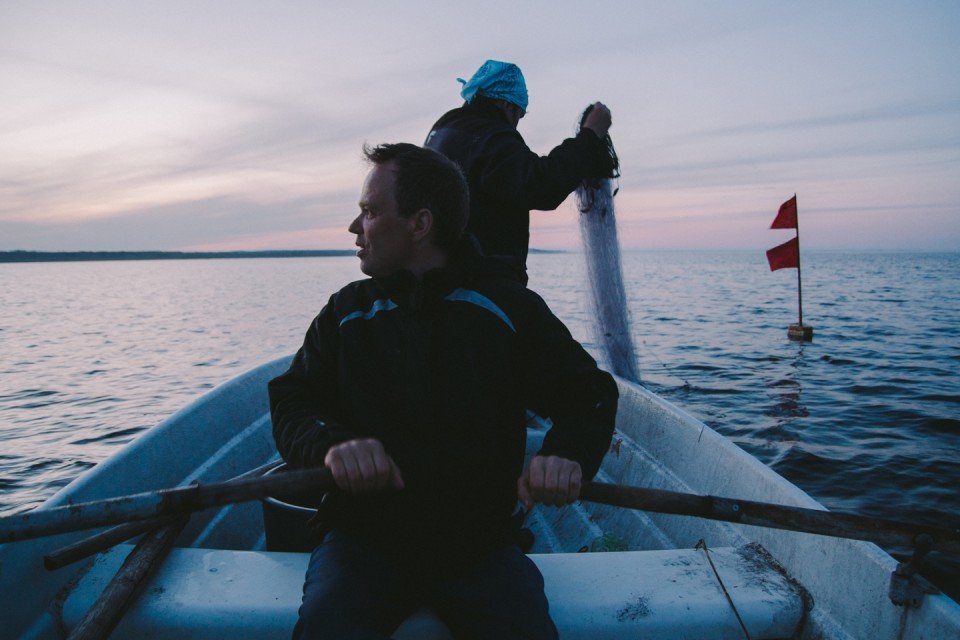
In addition to tourism, locals also earn money with fishing, knitting and selling their craft or agricultural products.
“So far, the island’s geographical isolation, the strong sense of community spirit and their steadfast attachment to the customs of their ancestors have enabled the Kihnu people to preserve their crafts and customs,” Lehola explained.
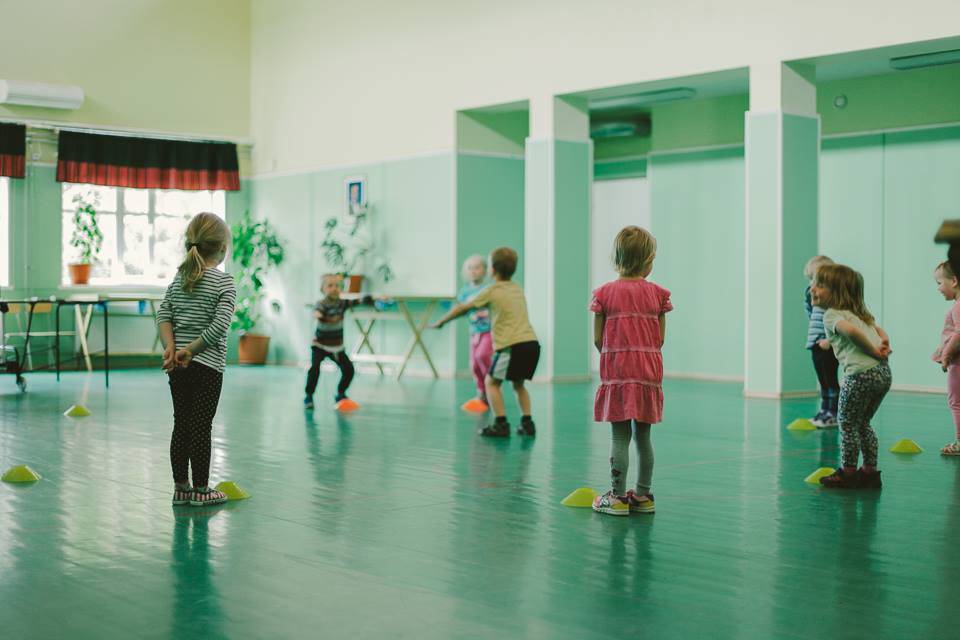
However, as the interviews conducted for the documentary prove, the customs are also threatened.
“For example, the majority of the younger locals have stopped communicating in the local dialect and many of them, for example, do not know how to make local handicraft or cook traditional Kihnu bread. They say that it’s something they will learn if they feel it’s necessary. Kihnu kiel, which is also taught in school, is a dialect they know how to speak, although they would rather speak Estonian because everyone else speaks it,” Lehola said.
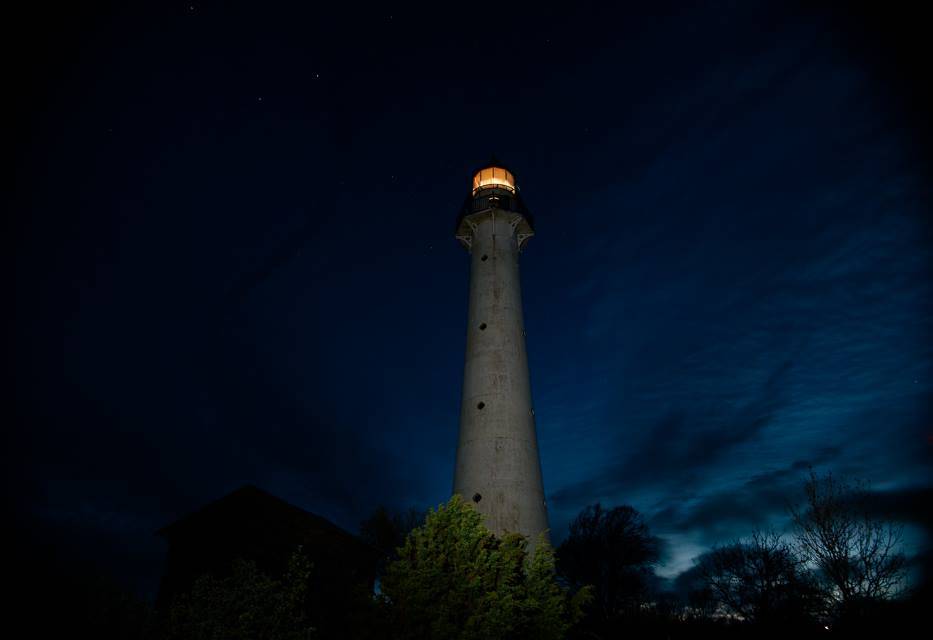
According to Lehola, there are some concerning signs which indicate the island’s inhabitancy might be under pressure in the long run.
“Luckily, the Kihnu people have a strong will – and more than anything, they want to sustain their island’s cultural heritage and traditions. In the documentary, we concentrate specifically on women, because they have been considered the ones who have kept the island alive until now. It’s a heart-warming and inspirational story for people who might feel disconnected from their homes or feel generally lost in their lives.”


Very interesting to have a film follow Meri’s wonderful Kihnu Naised…to see how they have fared, stayed the same or changed. They remind me of Synge’s women in his play Riders to the Sea, the Irish Aran Islanders whose husbands so frequently did not come back from the sea. Poetic rural people. Looking forward to seeing this film.
ery interesting to have a film follow Soosaar’s wonderful Kihnu Naised…to
see how they have fared, stayed the same or changed. They remind me
of Synge’s women in his play Riders to the Sea, the Irish Aran Islanders
whose husbands so frequently did not come back from the sea. Poetic
rural people. Looking forward to seeing this film.